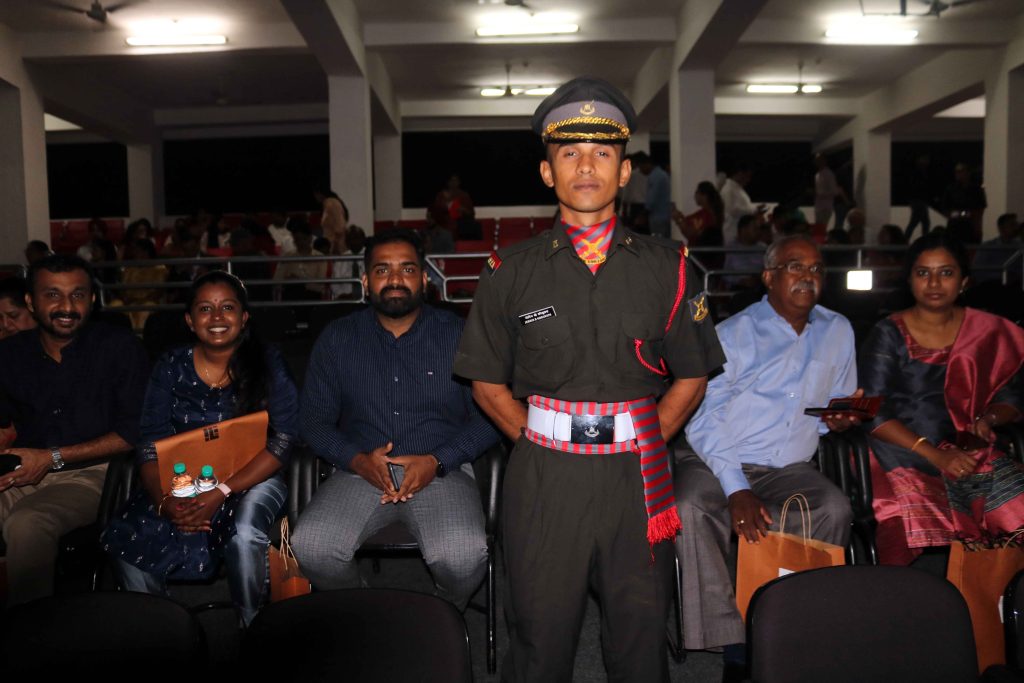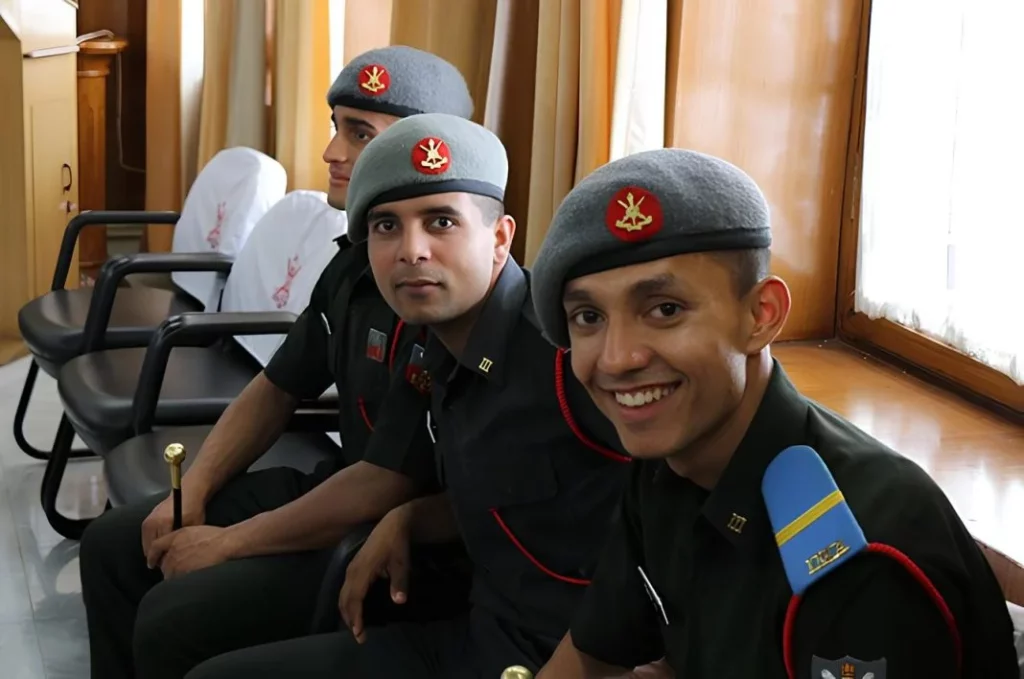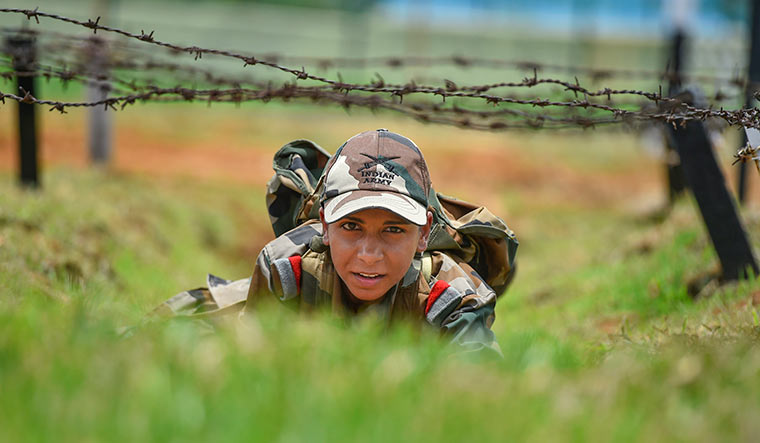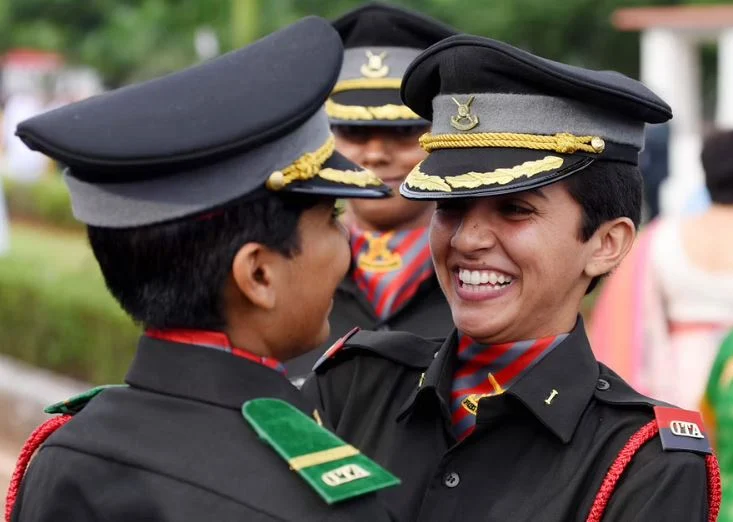The path to becoming an officer in the Indian Armed Forces is paved with prestigious institutions that mold young aspirants into capable leaders. Two such revered academies are the Officers’ Training Academy (OTA) and the Indian Military Academy (IMA).
While both institutions share the common goal of producing exceptional military officers, they differ significantly in their selection process, training methodology, target demographics, and career trajectories. Understanding the nuances between OTA and IMA is crucial for defense aspirants to make an informed decision about their future.
OTA vs IMA: An Overview
The Officers’ Training Academy (OTA) and the Indian Military Academy (IMA) are two of the most esteemed institutions within the Indian Armed Forces. OTA, established in 1963, is located in Chennai, Tamil Nadu, while IMA, founded in 1932, is situated in Dehradun, Uttarakhand. The primary distinction between these two academies lies in the type of commission they offer to their graduates.

OTA primarily trains officers for the Short Service Commission (SSC), which involves a shorter tenure of service, typically 10-14 years. In contrast, IMA prepares its cadets for the Permanent Commission (PC), enabling them to serve in the Indian Army for up to 30 years. This fundamental difference in the nature of the commission shapes the overall training, selection process, and career trajectories of the officers produced by these institutions.

Selection Process: Navigating the Pathways
The selection process for OTA and IMA is a critical step in the journey of aspiring military officers. While both institutions require candidates to have a graduation degree from a recognized university, the entry routes differ significantly.
| Detail | Officers Training Academy (OTA) | Indian Military Academy (IMA) |
|---|---|---|
| Different Entries | CDS Exam, SSC Tech, NCC Special Entry, JAG | After NDA, CDS Exam, TGC Entry |
| Eligibility | Graduation from a recognized university | Graduation from a recognized university |
| Age Limit | 19 to 25 years | 19 to 24 years |
| Written Exam | CDS Exam | CDS Exam |
| Physical Tests | Physical fitness tests including running, push-ups, sit-ups, and chin-ups | Physical fitness tests including running, push-ups, sit-ups, and chin-ups |
| Medical Standards | Candidates must meet the prescribed medical standards set by the Indian Army | Candidates must meet the prescribed medical standards set by the Indian Army |
OTA Entry
Candidates can apply for direct entry into OTA after completing their graduation. The selection process involves a written exam, physical fitness tests, and a medical examination. The age limit for OTA ranges from 19 to 25 years, providing a broader window of opportunity for young graduates.

IMA Entry
Admission to IMA is primarily through the Combined Defence Services (CDS) Examination or the National Defence Academy (NDA) Examination. Successful candidates from these competitive exams then undergo further screening, including physical fitness tests and a medical evaluation. The age limit for IMA is slightly narrower, ranging from 19 to 24 years.
Training and Curriculum: Shaping Future Leaders
The training and curriculum at OTA and IMA are designed to mold aspiring officers into competent and well-rounded military leaders. While both institutions emphasize the development of tactical skills, leadership qualities, and physical fitness, the depth and duration of their programs vary.
| Detail | Officers Training Academy (OTA) | Indian Military Academy (IMA) |
|---|---|---|
| Duration | 49 weeks for men and 11 months for women | Approximately 18 months |
| Training Method | Intensive training in military tactics, leadership, and physical fitness | Comprehensive military and academic training covering various disciplines such as tactics, strategy, leadership, and physical conditioning |
OTA Training
The training at OTA is intensive, spanning 49 weeks for male cadets and 11 months for female cadets. The curriculum focuses on military tactics, leadership development, and physical conditioning, preparing the officers for their short-term service commitments.
IMA Training
In contrast, the training at IMA is more comprehensive, lasting approximately 18 months. The curriculum covers a broader range of subjects, including military strategy, leadership, and various academic disciplines, equipping the officers for their long-term service in the Indian Army.
Target Demographics: Diversity and Inclusion
The target demographics of OTA and IMA reflect the distinct roles they play within the Indian Armed Forces.
| Aspect | Officers Training Academy (OTA) | Indian Military Academy (IMA) |
|---|---|---|
| Gender | Both men and women | Men only |
| Commission Type | Short Service Commission (SSC) | Permanent Commission (PC) |
OTA: Embracing Diversity
OTA is open to both male and female candidates, offering opportunities for Short Service Commission. This inclusivity aligns with the Indian Army’s efforts to increase the representation of women in the armed forces.
IMA: Tradition and Exclusivity
IMA, on the other hand, is exclusively for male cadets, upholding a long-standing tradition of training officers for the Permanent Commission in the Indian Army.
Career Trajectories: Divergent Paths
The purpose and career trajectories offered by OTA and IMA have significant implications for the officers they produce.
| Aspect | Officers Training Academy (OTA) | Indian Military Academy (IMA) |
|---|---|---|
| Career Path | Short Service Commission | Permanent Commission |
| Specializations | Offers diverse career options within the Indian Army, including combat and support roles | Provides training for combat arms and combat support arms |
OTA: Versatility and Flexibility
Graduates of OTA are commissioned as officers in the Indian Army, with opportunities to serve in diverse roles, including combat and support functions. The Short Service Commission provides a more flexible career path, allowing officers to explore various specializations and potentially transition to the Permanent Commission.
IMA: Dedicated Service and Leadership
IMA graduates are commissioned as officers in the Indian Army, with a focus on combat arms and combat support arms. The Permanent Commission offers a long-term career path, emphasizing leadership development and the opportunity to serve the nation for up to 30 years.
Cutoff Marks: A Competitive Landscape
The cutoff marks for OTA and IMA in the Combined Defence Services (CDS) Examination also differ, reflecting the level of competition and the academic rigor required for each institution.
OTA Cutoff: Relatively Lower
The cutoff marks for OTA are generally lower than those for IMA, as the selection process involves two written papers (English and General Ability Test), compared to the three papers (English, General Ability Test, and Mathematics) required for IMA.
IMA Cutoff: Higher Expectations
The additional Mathematics paper in the IMA syllabus, along with the overall higher level of competition, result in a higher cutoff for the Indian Military Academy. This reflects the more comprehensive training and the longer-term commitment expected from IMA graduates.
Specializations and Opportunities
Both OTA and IMA offer diverse career opportunities within the Indian Army, catering to the varied needs of the armed forces.
OTA: Versatile Roles
Graduates of OTA can be commissioned into various branches of the Indian Army, including combat, combat support, and administrative roles. This versatility allows them to explore different specializations and find their niche within the armed forces.
IMA: Focused on Combat and Support
IMA, on the other hand, primarily trains officers for combat arms and combat support arms, equipping them with the necessary skills and expertise to lead troops in strategic and tactical operations.
Conclusion
The Officers’ Training Academy (OTA) and the Indian Military Academy (IMA) are two prestigious institutions that play a crucial role in shaping the future of the Indian Armed Forces. While both academies share the common goal of producing exceptional military officers, the differences in their selection process, training methodology, target demographics, and career trajectories make them distinct and complementary within the defense ecosystem.
Aspiring military officers must carefully consider their personal aspirations, eligibility, and long-term career goals when choosing between OTA and IMA. The decision should be guided by a clear understanding of the unique opportunities and challenges offered by each institution, ensuring that the chosen path aligns with their vision and commitment to serving the nation.
FAQs
1. What is the difference between OTA and IMA in terms of the type of commission offered?
The primary distinction between OTA and IMA is the type of commission they offer to their graduates. OTA primarily trains officers for the Short Service Commission (SSC), which involves a shorter tenure of service, typically 10-14 years. In contrast, IMA prepares its cadets for the Permanent Commission (PC), enabling them to serve in the Indian Army for up to 30 years.
2. Can women apply for both OTA and IMA?
No, the entry options for women are limited compared to men. While OTA is open to both male and female candidates, IMA only accepts male cadets. Women aspirants can apply for the Short Service Commission through OTA, but they do not have the option to join IMA.
3. What is the difference in the selection process for OTA and IMA?
The selection process for OTA and IMA differs in terms of the entry routes. Candidates can apply for direct entry into OTA after completing their graduation, while admission to IMA is primarily through the Combined Defence Services (CDS) Examination or the National Defence Academy (NDA) Examination.
4. How do the training durations differ between OTA and IMA?
The training duration at OTA is 49 weeks for male cadets and 11 months for female cadets, while the training at IMA lasts approximately 18 months. The IMA curriculum is more comprehensive, covering a broader range of subjects, including military strategy, leadership, and various academic disciplines.
5. What are the career opportunities available for OTA and IMA graduates?
Graduates of OTA can be commissioned into various branches of the Indian Army, including combat, combat support, and administrative roles, offering a versatile career path. IMA, on the other hand, primarily trains officers for combat arms and combat support arms, equipping them with the necessary skills and expertise to lead troops in strategic and tactical operations.






very very informative and interesting
Sad that OTA commissioned officers are given temporary appointment despite the fact that both IMA and OTA aspirants go through almost the same level of exams.